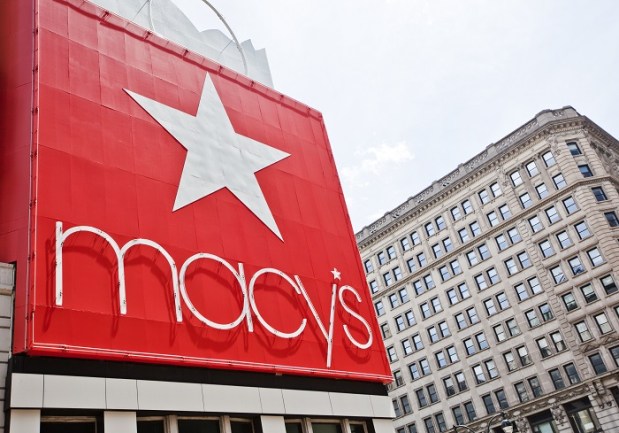Did Macy’s, Bloomingdale’s Use Deceptive Discounts?

Discounts. No matter how much retail changes, offering less than the next guy is a sure-fire way of stuffing the coffers as much as possible before competitors catch on. Usually, the risk merchants run is not cutting their prices enough and biting into their bottom lines, but a few retailers have found that the all-consuming quest to fuel consumers’ demand for deals has led them into some allegedly felonious grounds.
Consumerist found that a class action lawsuit had been filed against Macy’s and Bloomingdale’s for deceptive practices while discounting a swath of items during the holiday season. The plaintiffs, one shopper from California and another from Florida, allege that instead of discounting items based on their regular market prices, Macy’s and Bloomingdale’s had artificially inflated the “regular” prices and then applied discounts that resulted in false deals.
In one example, a shopper purchased an ornament from Macy’s for $17.99 after a 70 percent discount on a $60 price. However, the suit alleges that Macy’s did not list the ornament at that high of a price before, either in-store or online — just as it was never sold that high at any other retailer.
Language in the suit makes it clear that the plaintiffs are making a clear difference between normal price adjustment practices, such as the like that Amazon performs on the scale of millions per day, and the type of price-gouging activity that’s usually reserved for the likes of T-shirt screen printers or fly-by-night hoverboard salesmen. The suit does not set a limit on these markups, but it does seek $5 million in restitution on behalf of the plaintiffs.
In question are stickers used by in-store employees to sidestep commonly used indicators, like MSRP, in favor of more malleable terms. The lawsuit included a picture of tags on Macy’s products that include stickers over the regular prices, with new labels indicating “ORIG/Original” and “NOW” prices. In-store signage also is a target of certain claims, with deceptive terms, like “Compare at price,” allegedly being used to throw shoppers off the scent of a reference point for their bargain-hunting.
If true, the news could function as a sort of postmortem for a retail industry that’s not exactly swelling with confidence after the close of the holiday shopping season. Analysts and economists across the private and public sectors drew attention to retailers’ increased reliance on discounting this season to battle both competitors and online marketplaces from siphoning off sales. Even Jack Kleinhenz, chief economist for the National Retail Federation, penned a note on Dec. 15 that reassured observers that the only reason profits did not seem to be climbing as high as many experts expected during the pre-Christmas shopping surge was due to the amount that retailers were already shaving off their own prices to get customers engaged in the first place.
Now, it might turn out that certain retailers were never in a bad place to begin with.
This news comes on the heels of a more definite sign of trouble for Macy’s, with the retailer announcing missed profit goals and store closures as a result of poor sales during the holidays. It’s impossible to say if these two stories are linked — whether Macy’s saw which way the wind was blowing or whether even a discount scheme couldn’t drive enough sales during Christmas shopping — but the writing on the wall is at least clear for the one-time stalwart of mainstream American department stores.
Regardless of the verdict, the very filing of the lawsuit should alert brands to a need for greater transparency in their discounting practices; for better or worse, the digital age makes it easier for watchdogs to track and act on information. Even a temporary manipulation of prices could lead to permanent headaches.
